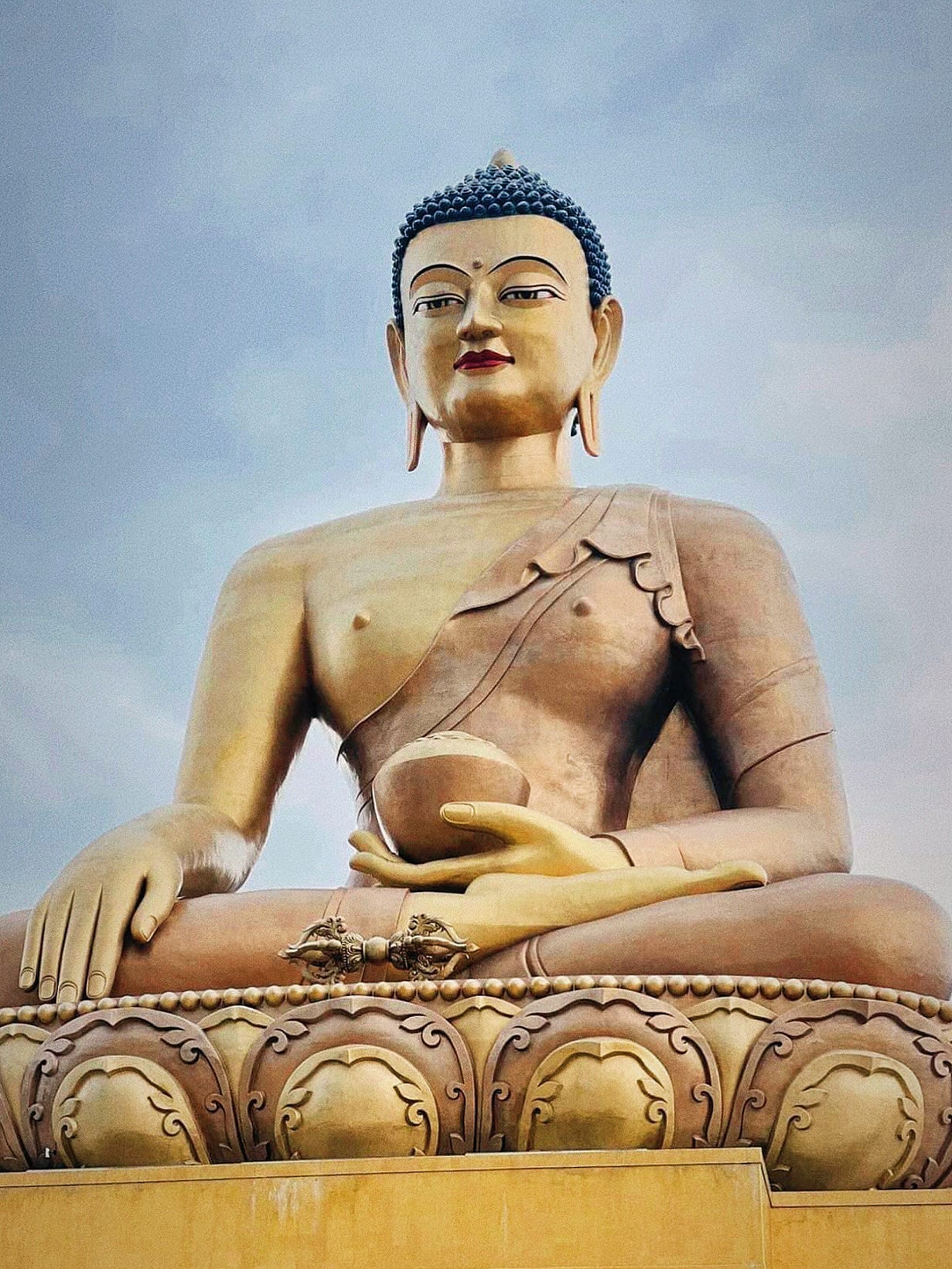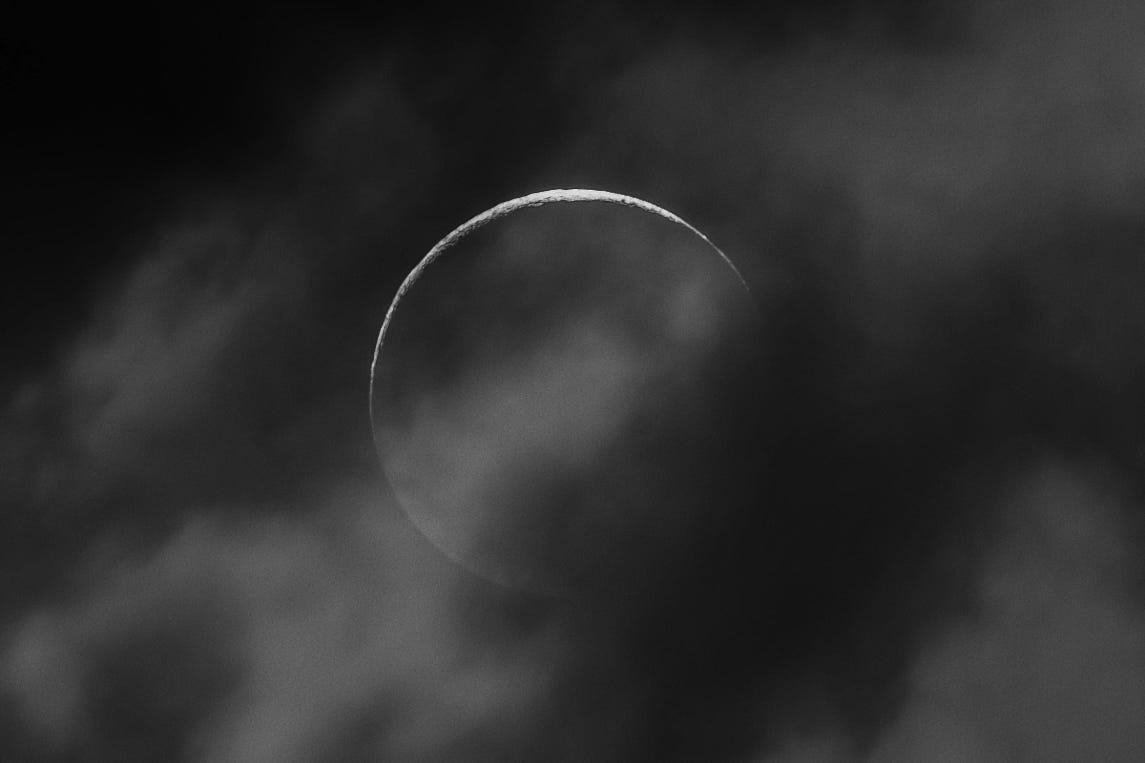Cultivating Like Seclusion: Knowing Yourself at the Subconscious Level
Only with a deep enough self-awareness can one truly transform the continuum of their being.
Though Buddhist scriptures are as vast as the ocean, their sole purpose is to guide beings toward liberation (mokṣa) and omniscient wisdom (sarvajñatā). The Buddha never taught what is irrelevant to these goals.
—Neo Shakya
🔔 The following content is excerpted from Neo Shakya’s teachings on the Dharma.
In practical cultivation, you need to be like in seclusion—letting go of all unrelated matters from your heart, then observe and cultivate.
During practical cultivation, examine your thoughts, ideas, and beliefs carefully, then incorporate what you’ve learned to create inner reflection.
Someone who doesn’t even know their own mind has no business cultivating.
A true practitioner must understand the mind profoundly, for they relentlessly delve into their own inner workings—uncovering hidden thoughts and the logic behind them.
Only with a deep enough self-awareness can one truly transform the continuum of their being.
Learning the Dharma only provides tools and guidance—the actual work happens within the unique terrain of your own mind.
If you’re overly attached to external conditions or overly sensitive to their influence, your attention will never turn inward to understand yourself, leaving no opportunity for genuine transformation.
The mindset cultivated through practical cultivation is not merely superficial; it’s a direct dialogue with your subconscious—the depth some people assume can only be reached through hypnosis. Yet no hypnosis is needed; you only need the skill to dig inward.
First, establish this understanding:
Everyone has the capacity to plunge, drill, and explore within. This is a necessary process—you must reach your subconscious, for only at this level does real cultivation occur.
The subconscious can’t be revealed from the outside. No one can tell you, “This is your subconscious.” You must turn inward and excavate it yourself, discovering, “So this is how I truly think,” even if you never realized it before.
This inward digging, drilling, and probing isn’t as hard as it seems. If it feels difficult, it’s only because you’ve never done it—you’ve always looked outward.
Gratitude for your mindful attention. May these insights help you better understand Buddhism. 🔔 Suggested Readings:
Buddhist terms: The Origin of the Three Realms' Names
Though Buddhist scriptures are as vast as the ocean, their sole purpose is to guide beings toward liberation (mokṣa) and omniscient wisdom (sarvajñatā). The Buddha never taught what is irrelevant to these goals.
Om Arapacana Dhih
Author: Neo Shakya
Editor: Arwen Candra
To the seekers of truth, let's forge a bond in this shared space!







Namaste🙏
Thank you for being here!
Blessings and good fortune.
🙏🏻